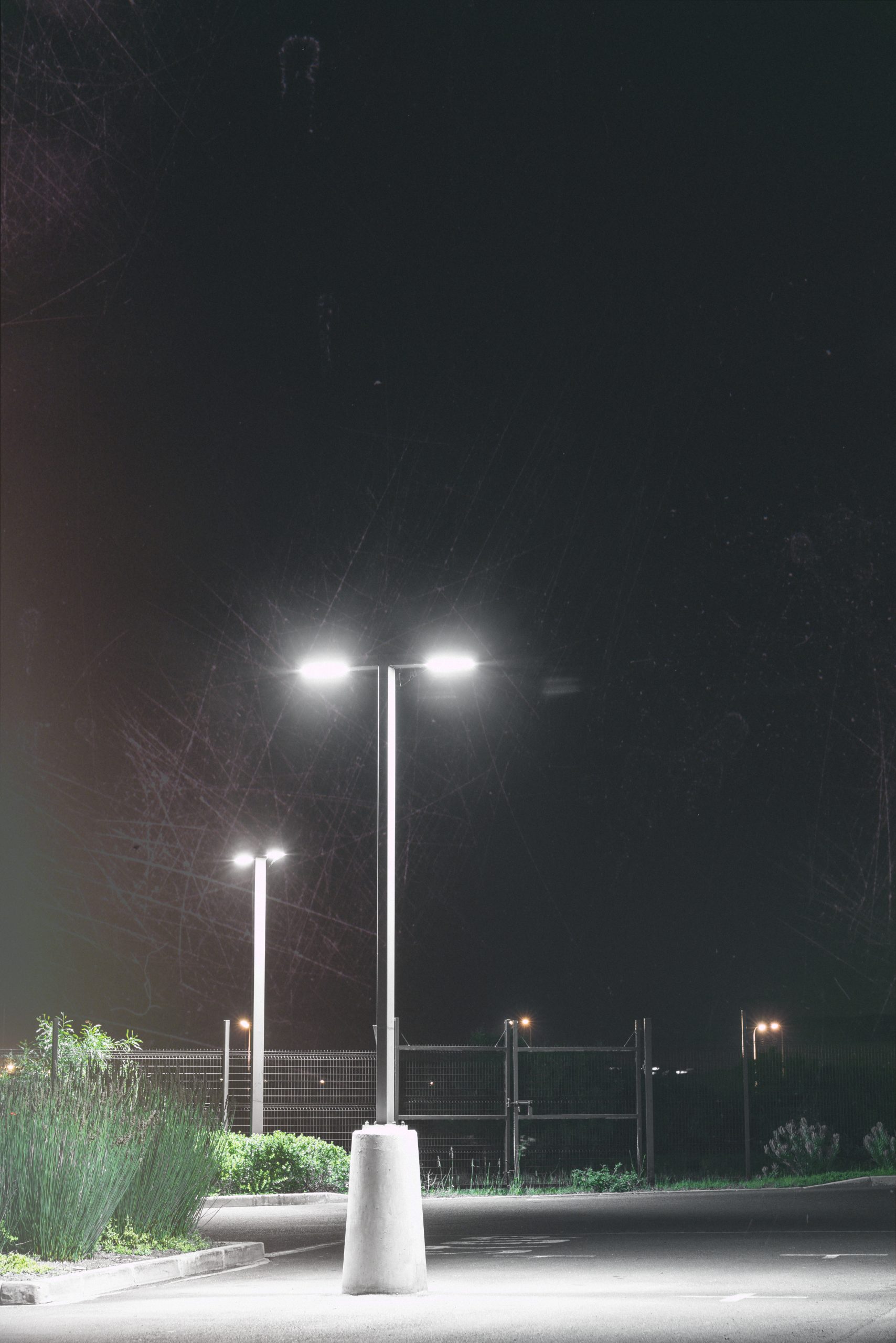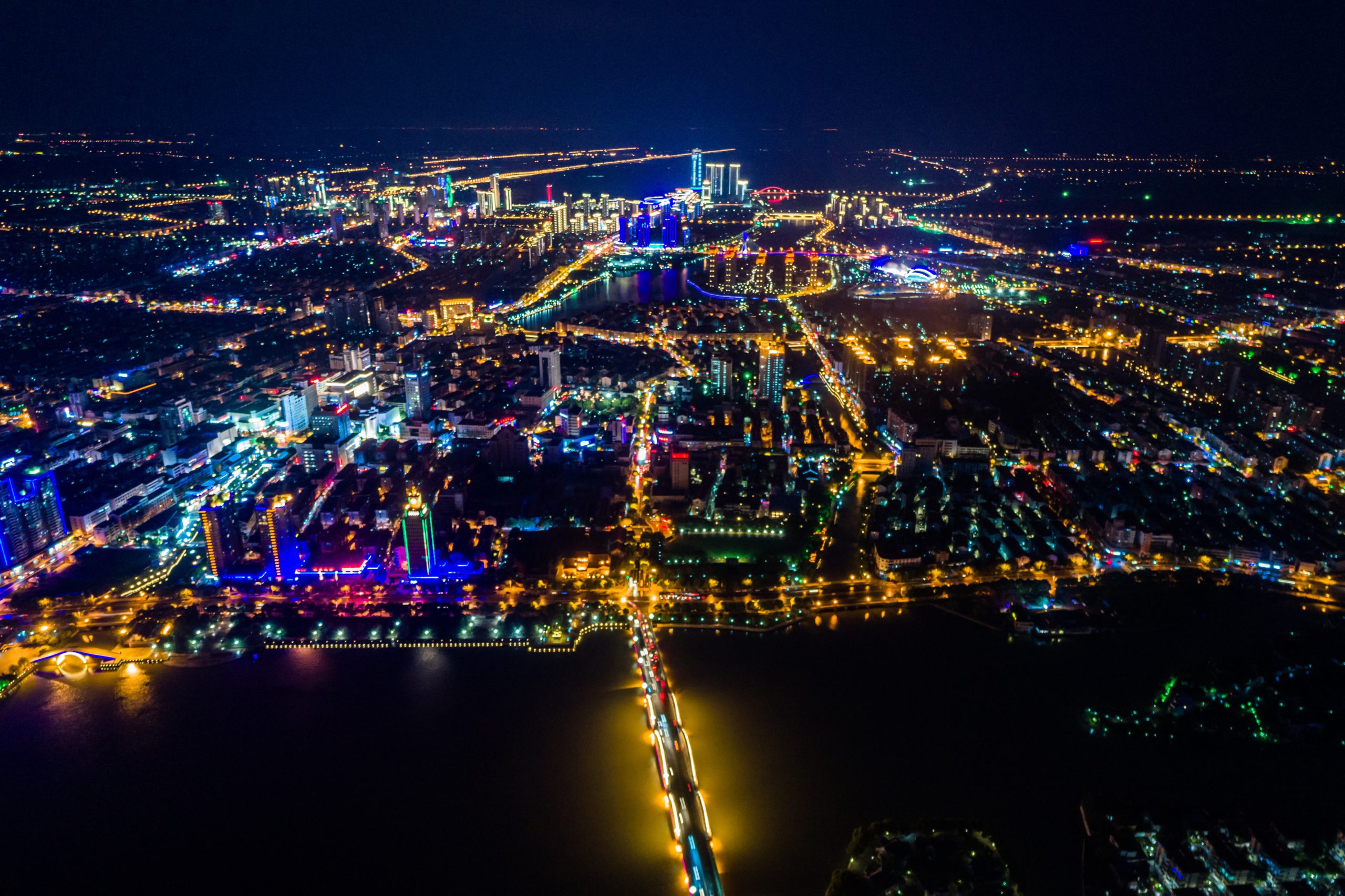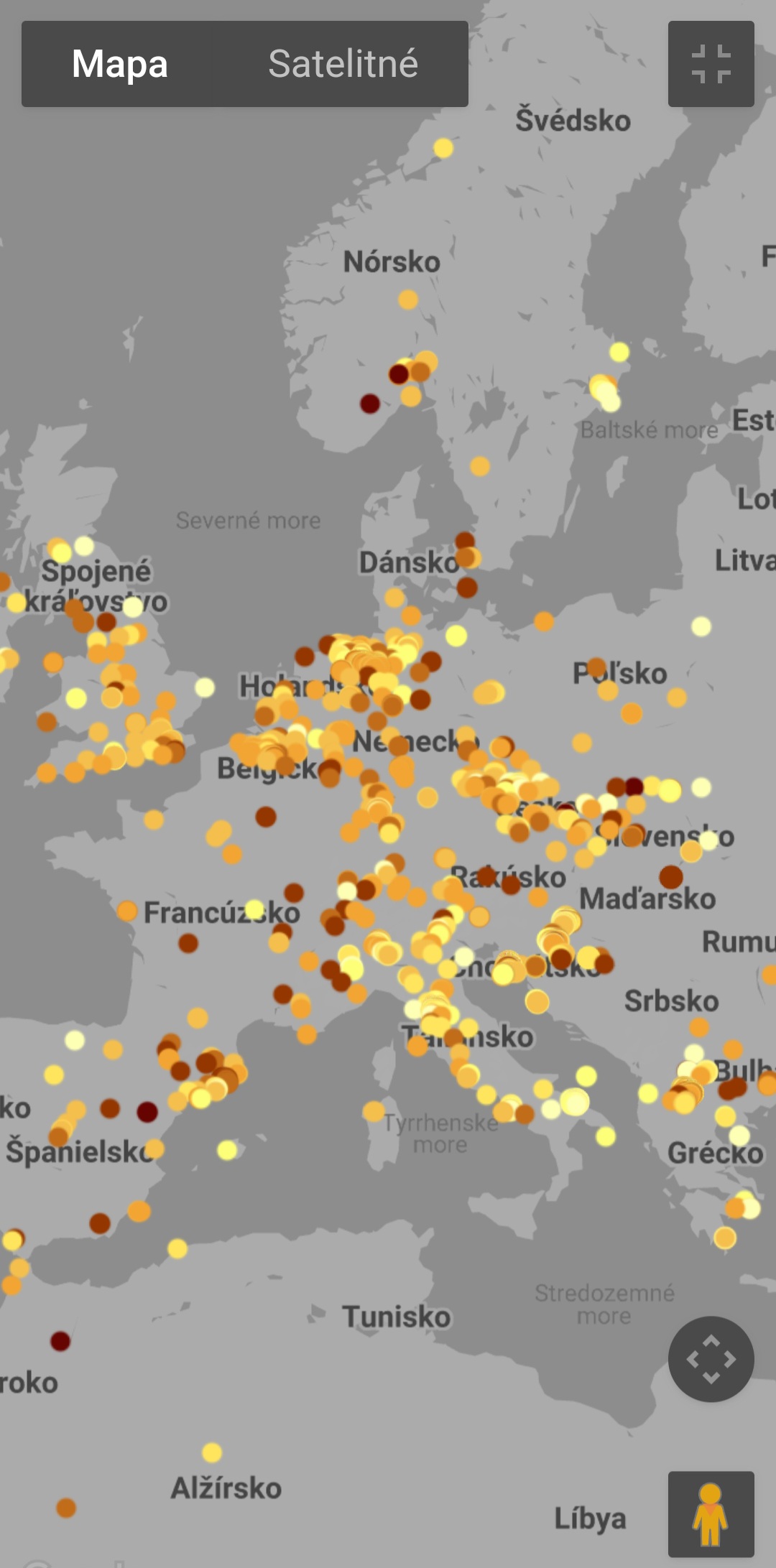Light has brought us safety, but it also takes away the darkness of the night from animals and people. Light pollution threatens natural cycles, destroys ecosystems and drives stars from our sky. Change is possible, if we start shining responsibly.
The environment is currently struggling with various types of pollution, one of which is paradoxically less visible, light pollution. This is caused by the use of high-intensity artificial light, often with a higher brightness than necessary, or the use of harmful light colors, such as lighting emitting short optical wavelengths (blue light).
However, it also occurs when light is directed inappropriately, such as into the sky, into open countryside or into people’s windows. The adjustment of lighting also plays an important role, where it is needed and, conversely, the need to limit it where it is not needed. An example would be spherical lighting, where only a small part is used and the rest is a waste of energy, or lighting advertising billboards from below with an overlap into the sky.
Yellow vs. Blue Light: More Than Just a Color
Not all light sources pollute the sky in the same way. The difference is mainly in the color spectrum they emit. It has been found that the most environmentally friendly are low-pressure sodium lamps, which emit orange-yellow light. This is followed by high-pressure sodium lamps, which are slightly whiter but still relatively environmentally friendly. On the opposite side of the spectrum are sources with a high proportion of blue light, which mainly include white LEDs. Although these are energy efficient, they emit light in the blue range, which has a significantly greater impact on the night environment.

Cold blue light affects the lives of both humans and animals. Source: freepik.com
Modern cities are increasingly switching to LED lighting, which emits a bluish, cool light. One example is the capital of Slovakia, Bratislava . The city promises to reduce the failure rate and energy consumption of lighting since the change. However, the difference between LED lighting and older sodium lamps, which shine with a typical yellow tint, is not only in appearance, but also in the impact on the environment and people.
Let’s look at the negative impacts
Strong artificial light affects plants, animals and also disrupts our biorhythm. The so-called “light domes” can be identified near larger cities and often reach naturally dark areas, such as various protected natural areas. Another problem is the disruption of our circadian rhythm , which is a 24-hour cycle in our body that affects the sleep-wake cycle, body temperature, hormone levels, blood pressure and digestion. It is the introduction of artificial lighting and the lack of darkness that leads to its disruption and changes the sleep cycle.
Artificial light also negatively affects animals and plants, changing their ecosystems. Scientists have pointed out several cases where migratory birds have died in highly illuminated environments, or hatchlings have died after being disoriented by light on the beach. The lack of darkness at night also causes problems for animals that are mainly active at night.

Lights from larger cities also reach the naturally dark environment. Source: freepik.com
Scientists also point out that more than 75 percent of insects have died in the last 27 years. Another problem is artificial light at night, which disrupts their ecosystem. Insects cannot reproduce or are easy targets for predators. Plants, on the other hand, depend on the length of daylight, and its disruption by night lighting can result in, for example, late leaf fall or early plant growth in spring.
We need to shine on the path, not on the stars.
One of the basic recommendations of scientists on how to deal with the issue of night lighting and the protection of this environment is to light only where it is necessary and only as much as necessary. Energy-saving light sources should be used, such as the so-called low-pressure sodium lamps, which shine with a rich orange light. Attention should also be paid to the lighting of buildings or advertisements, which should be from top to bottom. It is necessary to prevent the light cone from the reflector from pointing outside the outline of the building.
The global campaign Earth Hour is also a reminder of light pollution. The project takes place every year on the last Saturday in March, when all lights are turned off for an hour. ” Turning off the lights is symbolic and expresses our shared belief in positive change,” the organizers explained .

Light pollution map. Source: Globe at Night
People can easily measure pollution themselves using the Globe at Night project, which monitors light pollution around the world without a telescope. Just look at the sky and report how many stars are visible. People from 180 countries around the world have taken over 200,000 measurements over the past 14 years, and the data is freely available on an interactive map .
